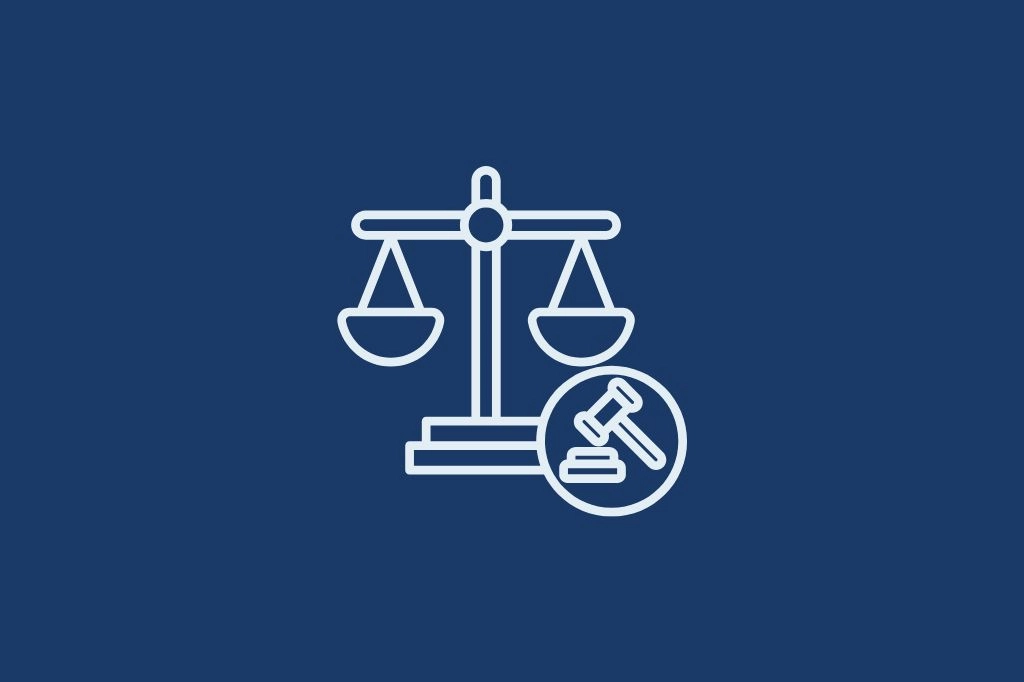September 13, 2023 | car accident Claims
Traffic Signals: Be Careful Even on a Green Light
Table of Contents
From a young age, we are taught that our traffic signals designate directions by colour: red means ‘Stop ‘; green means ‘Go.’
Designating traffic directions by these colours makes sense from a purely emotional standpoint. Red evokes danger, whereas green suggests a calmer feeling. But there are actual scientific reasons for the choice, as well.
Red is the most penetrative colour of light. It has the longest wavelength in the visible spectrum. Therefore, other sources of light are less likely to interfere with red traffic signals.
Sections 144(12) and (18) of the Highway Traffic Act dictate that drivers with a green traffic signal may proceed through the intersection. Drivers with a red traffic signal must stop and not proceed until the light turns green.
A driver with a green light is entitled to assume that other drivers will obey a red light and bring their vehicles to a stop. There is no requirement for a driver to look for the possibility that another driver might fail to stop at a red light.
This principle is affirmed in a passage from the Judgment of Lord Atkins in Toronto Railway vs. King (1908) A.C. 260 at 269, namely that:
“… traffic in the streets would be impossible if the driver of each vehicle did not proceed more or less upon the assumption that the drivers of all the other vehicles will do what it is their duty to do, namely, observe the rules regulating the traffic of the streets”.
This has been consistently adopted and applied in our Courts as a correct statement of law. However, drivers with the right-of-way at an intersection are nevertheless required to keep a proper lookout.
The purpose of this article is to discuss this common situation we all face in everyday life and clarify our actual responsibilities as drivers when we are proceeding into an intersection on a green light. More particularly, what is our duty as a responsible driver when another driver disobeys a traffic signal?
What If Another Driver Runs A Red Light?
Many drivers presume that they may proceed through the intersection with impunity when approaching a green light, as they have “the right of way.” After all, green means ‘Go!’
Or does it?
As with many things in law, the answer is: It depends.
It may surprise you to learn that, in certain circumstances, you may still be found at-fault to some degree for an accident that occurs when proceeding through an intersection with a green signal.
What if another driver runs their red signal? If an accident occurs and it is determined that the driver proceeding through the intersection on a green signal should have been aware of another vehicle disobeying a red light, it is possible that fault for the ensuing collision can be attributed to the driver with the green light.
While it is true that a driver with a green light is entitled to assume that other drivers will obey a red light, some drivers mistakenly believe that proceeding through an intersection on a green light involves no further considerations. The reality is that drivers are still required to take reasonable care of their safety and the safety of others.
This very issue has been considered in many decisions in Canada.
Behamanesh v. Yokhana, 2011 ONSC 4959
Justice Campbell considered this situation in the case of Behemanesh v. Yokhana, 2011 ONSC 4959, in which he made the following points:
- Having the right-of-way through an intersection does not absolve a driver from exercising proper care;
- Drivers must act to avoid a collision if reasonable care on their part will prevent it; and,
- Even if a driver has the right-of-way through an intersection, he or she should not exercise it if proceeding through the intersection will result in a collision that can reasonably be foreseen and reasonably avoided.
Justice Campbell further held that the important question is whether the driver approaching the green light had the same opportunity to avoid the collision that a reasonable driver would have taken when they became aware—or should have become aware—that the driver without the right-of-way was going to proceed through the intersection in disregard of the red light.
Sant vs. Sekhon 2014 ONCA 623
As a young lawyer, I was fortunate to work on a trial that encountered this very issue. In the trial, there was a disagreement between the parties as to what the common law actually stated regarding these circumstances.
In the case of Sant v. Sekhon (which ultimately proceeded to the Court of Appeal), the defendant Sekhon was driving a transport truck that had entered an intersection on a green light and, unfortunately, struck a pickup truck that had proceeded through a red light. The Plaintiff had been a passenger in the vehicle that ran the red light. The Plaintiff suffered very serious life-altering injuries and put forth a civil claim for damages.
In the Pre-Charge Conference Endorsement of Richettie, J., the argument was whether there was a duty to take reasonable steps to avoid a collision where a driver, “Actually becomes aware of a possible collision” versus, “Should have become aware of a possible collision.”
The Defendant, Sekhon, argued that this duty does not apply when a driver proceeding through an intersection with a green traffic light should have become aware of a possible collision arising from a vehicle proceeding through a red traffic light, but only when they actually become aware.
The Defendant argued that he was not at fault for two principal reasons. He had entered the intersection on a green light, and he was not aware that the other vehicle had proceeded into the intersection until the last moment when it was just “feet away.”
Richettie J. held it to be “common ground that a duty arises when a driver proceeding through an intersection with a green traffic light actually becomes aware of a possible collision arising from a vehicle disobeying the red traffic light and that that duty is for the driver proceeding through the intersection with the green traffic light to take all reasonable steps a reasonably careful and skillful driver would have availed himself to attempt to avoid the collision.”
Regarding the argument by the Defendant that the duty did not extend to situations where a driver should have become aware of a possible collision, Richettie, J. disagreed, stating that, if he were to adopt the position urged by the Sekhon Defendants, it would permit drivers to blindly proceed through a green light with impunity, which he held was “not the law in Ontario.”
Ultimately, the jury found liability against Sekhon despite the fact that he entered the intersection on a green light. Mr. Sekhon was found 5% liable, and Mr. J. Sant, who had entered the intersection on a red light, was found 95% responsible.
While we do not have the specific details as to why the jury decided the case the way it did, we know certain details were very important. Specifically, Sekhon’s evidence that he did not become aware that the Sant pickup truck was proceeding through the intersection until it was a few feet away from the Defendant’s truck. This evidence supports that Sekhon failed to keep a proper lookout and, therefore, did not exercise reasonable care.
Equally important was the evidence from one witness driving a vehicle in the same direction just behind the Defendant’s truck. This witness stated that he became concerned that the Plaintiff’s pickup truck had not stopped at the red light. Because of this concern, the witness hit his vehicle’s brakes before he even reached the intersection. This witness had a similar vantage point to Sekhon as he approached the intersection, but he took precautionary measures based on what he saw unfolding in the intersection.
Clearly, the jury could infer from the evidence that a reasonably prudent driver should have been aware of the hazard posed by the Plaintiff’s pickup truck that proceeded through the red light. Ultimately, they found that some fault was attributed to Sekhon.
The Takeaway
It goes without saying that drivers make mistakes. Some drivers are more experienced or attentive than others. Drivers can get distracted behind the wheel. Being a better, safer driver is something to which everyone can aspire.
The cases above illustrate that drivers always have a duty to take reasonable care at an intersection, even if they are approaching a green light. If you are distracted and not paying proper attention, even if you are proceeding through a green traffic signal, when an accident occurs, you may still be found responsible for the collision to some degree.
However, it is important to keep in mind that a driver approaching a green light cannot be held to a standard of perfection that hindsight often provides. The law does not expect drivers to be perfect in emergency situations. However, a driver is to be held to the standard of care expected of an ordinary, reasonable, and prudent driver who might be faced with those same, sudden conditions.
The success of your case depends on the facts, attention to small details, and the right lawyer. Finding a lawyer you can trust to handle your case is important. Call Preszler Injury Lawyers for a free initial consultation.
This article was written by Thomas Kimball.
Written by Thomas Kimball
Personal Injury Lawyer
Lawyer Thomas Kimball’s practice focuses on personal injury claims, including motor vehicle accident claims, premises liability claims, long-term disability claims, and catastrophic injuries.
Blog Categories
More car accident Topics
Here’s more information on car accident related topics that we think you might find helpful.

accident benefits
|
December 24, 2025
Ontario Tort Claims Explained: What They Are and How They Work
Tort claims are one of the most common ways injured people in Ontario seek compensation after an accident. While negligence claims make up the majority…

car accident
|
July 21, 2025
Toronto Hit and Run
A hit and run accident in Toronto happens when a driver causes a crash and leaves the scene without stopping to provide information or help…

car accident
|
March 19, 2025
Recognizing Concussion Signs After a Car Crash
The shock of a car crash can be overwhelming. The resulting injuries can be devastating, particularly concussions. Recently, there has been an increasing awareness of…
Speak With Our
Legal Team for FREE
Find Out if You Have a Case in Under 5 Minutes
Speak to a Lawyer Now!
We’re here to help.

